

FROM THE CAPTURE OF BLACK BART:
N EARLY A YEAR PASSED BEFORE Black Barts next robbery. On July 25, 1878, he stopped the Quincyto- Oroville stage, high in the Sierra Nevada. As the stage descended a hill, a masked man suddenly jumped out in front of the horses, stopping the coach. Throw out the box, he demanded while pointing a shotgun at Charley Seavy, the driver. The masked robber escaped with nearly $400 in coins, a $200 diamond ring, and a $25 watch. But he left behind his second and final poem in the broken treasure box, this one written on brown paper:
Here I lay me down to sleep
to wait the coming morrow
perhaps success perhaps defeat
and everlasting sorrow.
Let come what will Ill try it on
my condition cant be worse
and if theres money in that box
tis munny in my purse.
Black Bart the Po8 [poet]


More Remarkable Lives forMiddle-Grade Readers

Alexandra the Great: The Story of the Record-Breaking Filly Who Ruled the Racetrack
Becoming Emily: The Life of Emily Dickinson
(February 2019)
The Big, Bold, Adventurous Life of Lavinia Warren
A Girl Called Vincent: The Life of Poet
Edna St. Vincent Millay
Krysia: A Polish Girls Stolen Childhood
During World War II
Copyright 2019 by Norman H. Finkelstein
All rights reserved
Published by Chicago Review Press Incorporated
814 North Franklin Street
Chicago, Illinois 60610
ISBN 978-1-61373-995-2
Library of Congress Cataloging-in-Publication Data
Names: Finkelstein, Norman H., author.
Title: The capture of Black Bart : gentleman bandit of the Old West / Norman H. Finkelstein.
Other titles: Black Bart, gentleman bandit of the Old West
Description: Chicago, Illinois : Chicago Review Press Incorporated, [2019] | Includes bibliographical references and index. | Audience: Ages 10 and up.
Identifiers: LCCN 2018014940 (print) | LCCN 2018015235 (ebook) | ISBN 9781613739969 (adobe pdf) | ISBN 9781613739983 (epub) | ISBN 9781613739976 (kindle) | ISBN 9781613739952 (cloth)
Subjects: LCSH: Brigands and robbersCaliforniaBiographyJuvenile literature. | OutlawsCaliforniaBiographyJuvenile literature. | Stagecoach robberiesCaliforniaHistoryJuvenile literature. | Frontier and pioneer lifeCaliforniaJuvenile literature.
Classification: LCC F866.B59 (ebook) | LCC F866.B59 F55b 2019 (print) | DDC 979.4/04092 [B]dc23
LC record available at https://lccn.loc.gov/2018014940
Interior design: Sarah Olson
Map design: Chris Erichsen
Printed in the United States of America
5 4 3 2 1

For Tova, Joseph, and Iliana

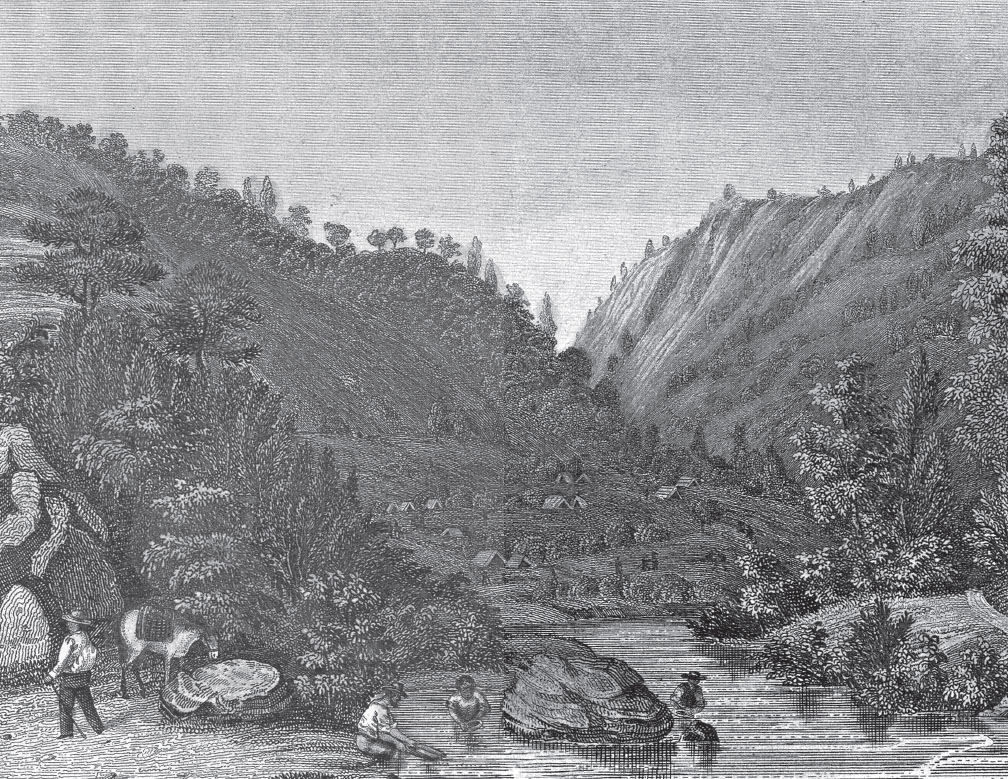
CONTENTS

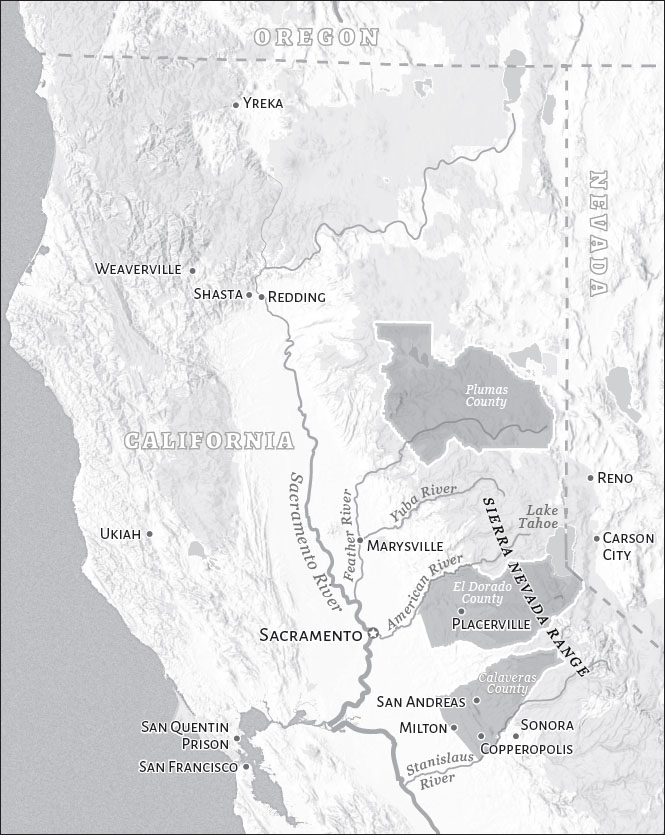
Black Barts stagecoach holdups spread all over the rugged landscape of Northern California. Lawmen wondered how he could travel long distances on foot so quickly between robberies. Only with his capture was the truth revealed.


1

A GHOST APPEARS

I dont want your money, only the express box and mail.
BLACK BART

B efore automobiles, telephones, and airplanes, stagecoaches linked the isolated mining towns of the Old West. While passengers bounced and swayed inside drafty, dusty coaches, valuables were stowed under the drivers seat in a sturdy green wooden box of Wells, Fargo & Company. The box was encircled by an iron strap and secured with a heavy padlock. The box weighed 25 pounds when empty. People called it the treasure box for all the wealth it contained.
Robbers set their sights on those distinctive green boxes. Many thieves were chased off, wounded, or even killed by drivers or guards. Those who escaped were relentlessly tracked down by James B. Hume, Wells Fargos chief detective, a fearless but fair former sheriff. His job was to chase down anyone foolish enough to rob a Wells Fargo stagecoach. He always lived up to the companys mottoWells Fargo never forgets. Jim Hume was very busy. In 1875 alone, Wells Fargo stagecoaches were stopped 34 times by robbers, with a total of $87,000 (worth nearly $2 million today) stolen.
On July 26, 1875, driver John Shine slowly guided his stagecoach up Funk Hill, a steep mountain road near Copperopolis, California. He knew this part of the trip from Sonora to Milton, California, was especially hard on the horses. Without warning, a ghostlike figure jumped out from behind a large boulder in front of the huffing horses and blocked the stagecoachs path. Shine brought the horses to a quick stop. The figure crouched low, using the horses as a shield. Menacingly, he aimed a double-barreled shotgun at the driver.
Shine stared at the strange-looking figure before him. The bandit wore a long white duster (a type of lightweight coat), and his shoes were wrapped in rags. Only his eyes were visible through two holes cut out of the flour sack that covered his face. Comically, a dark derby, or bowler, hat sat on his head, placed at a jaunty angle.
TOUGH HANK MONK

Stagecoach drivers like John Shine were a tough group. They had to be strong, resourceful, and in command. Perhaps the best known and respected among them was Henry James Hank Monk. Mark Twain, in his book Roughing It, humorouslyand with a bit of exaggerationrelated the time when Monk drove the stage carrying famed New York newspaper editor Horace Greeley, who coined the phrase Go West, young man:

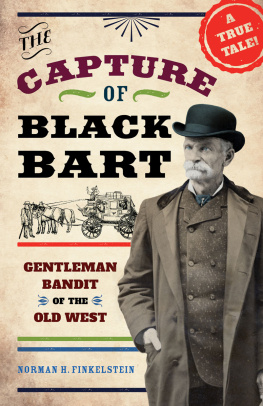

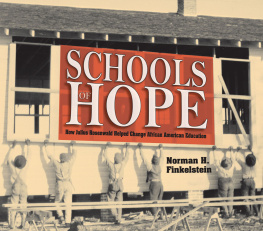
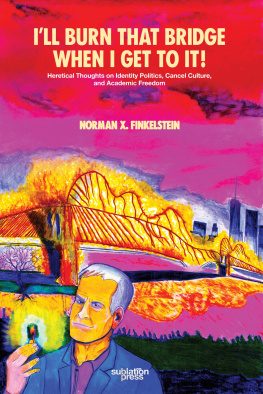


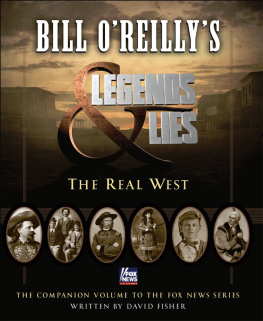













 1
1 

